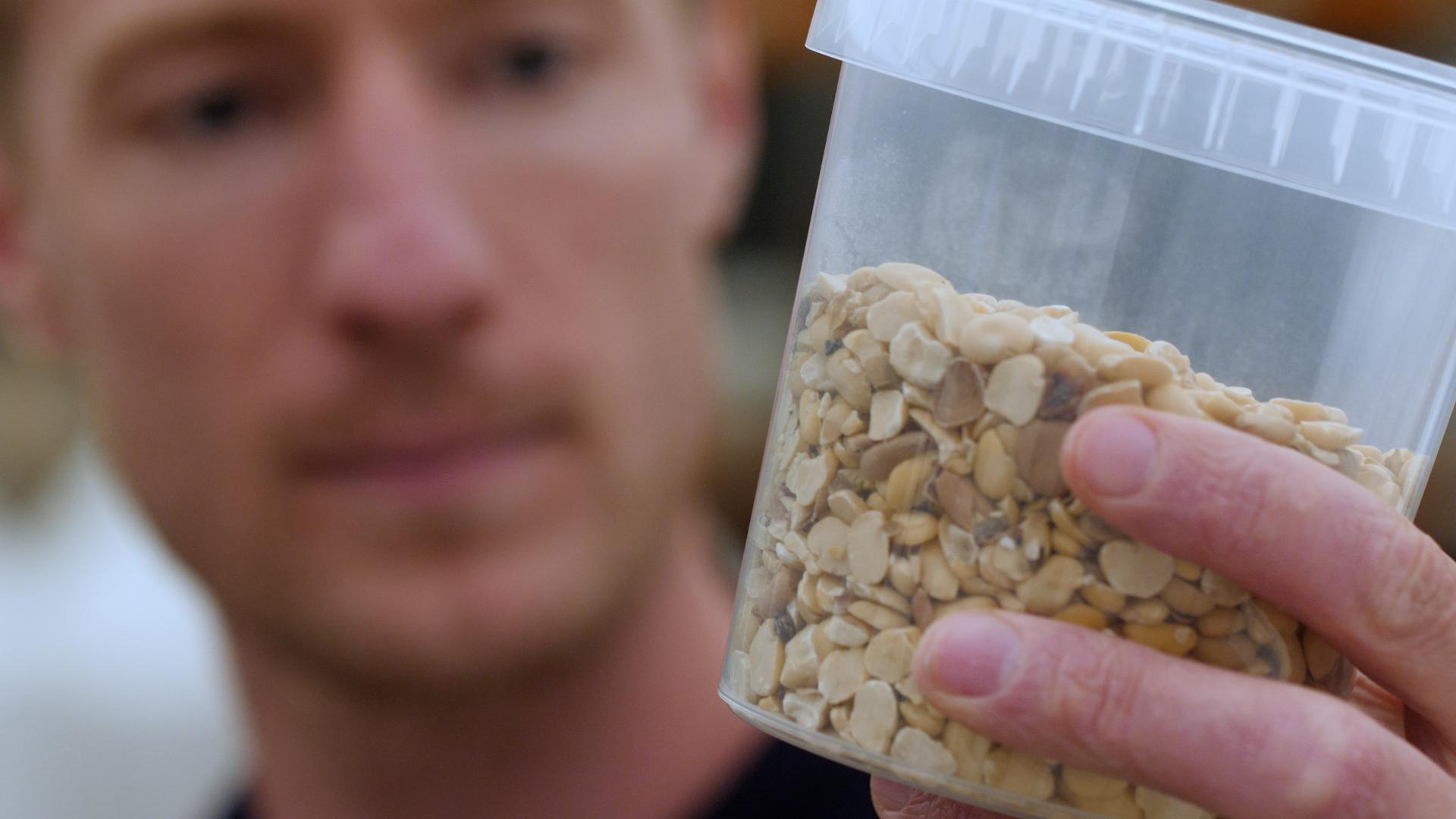Results
Feed Intake and Growth
Under optimal conditions, fish fed QSW and QA diets showed comparable growth, and higher feed intake for QSW. During the stress period, both QSW and QA diets maintained higher feed intake compared to LFM and MFM diets (Figure 1). Specifically, fish fed QSW exhibited higher feed intake both in optimal and stressing conditions but also a higher Feed Conversion atio (FCR), sustaining similar growth rates to those fed QA.
Stress Biomarkers
Plasma analysis revealed elevated cortisol, glucose, and lactate levels in fish subjected to acute heat stress,
indicating significant stress responses. However, fish fed QSW and QA diets demonstrated better resilience to stress, maintaining higher feed intake and growth compared to those on LFM and MFM diets.
Fillet Quality and Condition Factor
Fish fed QSW showed a lower dress-out percentage but a higher condition factor compared to those on LFM and MFM diets. This suggests that QSW contributes to better overall fish health and quality under stress conditions.













